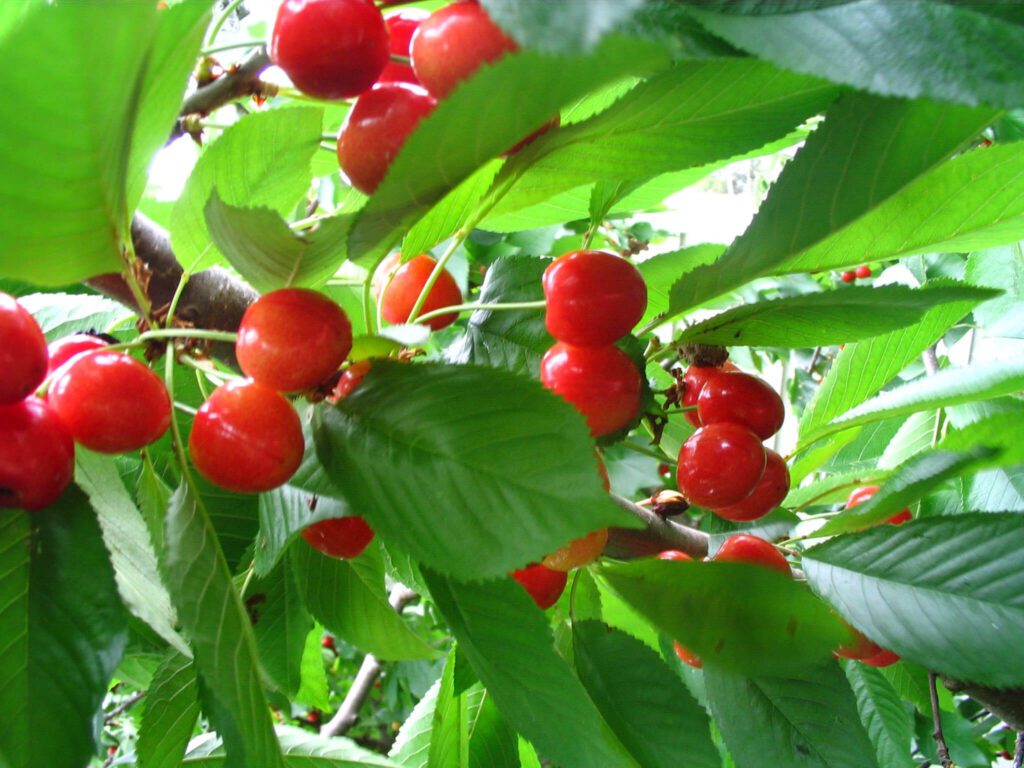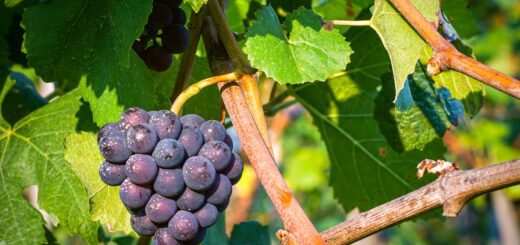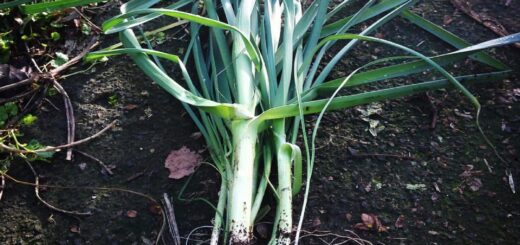Cherries
One of the most beautiful signs of spring is the flowering of the cherry tree, promising luscious fruit in a matter of a short few months.
The cherry is one of the world’s oldest cultivated fruits, along with its cousin, the apricot. Cultivation dates back to 300 B.C. and its lineage dates back even farther.

Yummy yummy cherries.
The common cherry tree, Prunus avium, is native to the temperate areas of eastern Europe and western Asia and is part of the Rose family.
Its name comes originally from the Greek, and in Latin means of or for the birds, due to the birds’ obvious love of the fruit.
The English word cherry originates from the Assyrian karsu and Greek kerasos. The tree was beloved by the Egyptians, Greeks and Romans both for its beautiful flowers and its versatile fruit.
Although a different species of cherry was already strongly established in America by the time the first colonists arrived, the new settlers brought along their favorite European variety and eventually cross-bred the two. Today, 90 percent of the commercial cherry crop is grown in the U.S., mostly in Michigan, California, Oregon and Washington.
The most popular variety is the Bing cherry, which was developed by Seth Luelling od Milwaukie, Oregon in 1875. It was allegedly named for his Manchurian foreman. There are now thousands of varieties of cherries and most are still picked by hand.
Of course, nothing is better than planting a tree in your own backyard. The perfect backyard variety is the Stella, as this is self-pollinating and crops in heavy clusters. A recent Blitz designer told of a seven-year-old tree in Kilsyth that gave produced 12 kilos of cherries this year – yum!!
To read more about this delectable tasty treat of summer (and get a recipe or two), check out cherries.org.au and Sustainable Gardens Australia and the Melbourne Mum’s Group!



